Apps Home

Understanding Universal Remote Control Systems for TVs
Universal remote control systems have become an essential aspect of modern living, allowing users to manage their TVs and other electronics with ease and convenience. The concept behind a universal remote is to streamline the user experience by eliminating the clutter of multiple remotes and integrating the functionality into a single device, often your smartphone. The technology behind universal remote controls primarily involves Infrared (IR) transmitters and, more recently, Wi-Fi or Bluetooth connections, transforming smartphones into powerful control centers. IR technology has long been a staple in remote controls for its simplicity and effectiveness in transmitting commands to electronic devices, particularly televisions. As TVs evolved into smarter models, incorporating Wi-Fi and Bluetooth capabilities, the landscape of remote controls also changed. Applications now capitalize on these advancements, enabling users not only to change channels or adjust the volume but also to access application menus, smart TV features, and even stream content directly from their devices onto the TV screens. This revolution in remote control technology highlights a shift toward integrating home entertainment systems with broader smart home environments. With the growing popularity of connected homes, universal remote control apps are designed to support diverse systems, accommodating various TV brands like Samsung, LG, Sony, and others, thus offering extensive compatibility and convenience. These apps are crafted with user-centric interfaces, allowing intuitive navigation and control over television functions, thereby transcending the need for traditional remotes.
The Art of Screen Mirroring: Bridging Devices with TVs
Screen mirroring is a transformative technique that allows users to project the content of their smartphone onto a television screen, essentially acting as a bridge between the smaller device and the larger display. The practicality of screen mirroring lies in its ability to bring the versatility of a smartphone into the home entertainment space, enhancing the viewing experience by taking full advantage of a television's larger display capabilities. This feature is particularly appealing to users who enjoy streaming videos, sharing photos, playing games, or showcasing presentations, as it provides a seamless way to display multimedia content on a bigger scale. The technical process behind screen mirroring involves two main components: the casting device (the smartphone or tablet) and the receiving device (the television). Both devices generally need to be on the same Wi-Fi network to enable communication. Popular technologies that facilitate this include Miracast, Chromecast, and Apple's AirPlay, each offering distinct functionalities tailored to specific ecosystems. For example, Apple’s AirPlay creates a smooth integration for Apple devices with other Apple products, while Chromecast provides a versatile solution for Android and Google Workspace users. By connecting these devices through software interfacing protocols, users can experience lag-free broadcasting of their devices' screens, making it possible to control and display content in real-time. The ease and efficiency of screen mirroring transform ordinary TV viewing into an interactive experience, likely contributing to the widespread adoption of such technology in modern smart homes.
Technical Aspects of Universal TV Control Apps
The technical backbone of universal TV control apps lies in their ability to consolidate a multitude of functionalities into a single platform, offering a comprehensive toolkit for managing a wide array of TV brands and models. At the core, these apps utilize a combination of IR and Wi-Fi technologies to offer seamless control over televisions. For devices supporting IR, such as many Android smartphones, these apps leverage the built-in IR blasters to send control signals to the TV, effectively replicating the traditional remote's functionality. Alternatively, for smart TVs with network capabilities, these apps use wireless connectivity to establish a direct link between the app and the television, allowing for enhanced interaction and the ability to access advanced TV features. A critical element of these apps is their user interface design, which prioritizes ease-of-use and accessibility. Developers strive to create layouts that mirror the familiar layout of a typical remote control, thus reducing the learning curve for users. Moreover, these apps are frequently updated to include support for new TV models and features, ensuring ongoing compatibility. The universality is further expanded by the inclusion of features such as program guides, voice command integration, and even the capability to control multiple devices in a single application session, thus offering an all-encompassing solution for users looking to centralize their home entertainment systems. This technological sophistication not only offers convenience but also transforms the way users interact with their televisions, enhancing the overall viewing experience.
Practical Applications and Everyday Benefits
Incorporating a universal remote control app into daily life can significantly enhance the user experience by simplifying the process of managing home entertainment systems. These apps allow for seamless integration of control functions across multiple TV models and brands, thereby eliminating the need for multiple remote controls. In practical terms, the universal compatibility provided by these apps means that users can manage different TVs in various rooms using a single device, streamlining operations and reducing the clutter of different remotes. Moreover, the inclusion of screen mirroring capabilities within these apps allows users to project content from their smartphones directly onto their TVs, creating a dynamic and interactive viewing experience. This is especially beneficial in scenarios like family gatherings or business presentations, where viewing content on a larger screen enhances engagement and accessibility. Additionally, the ability to use smartphones as remote controls means that users can take advantage of advanced features such as voice commands, offering a hands-free approach to navigating TV settings and applications. Beyond mere convenience, these apps also present opportunities for accessibility, assisting individuals with mobility issues by providing an easier method of managing electronic devices from a single point of control. For tech-savvy users, the integration with smart home environments extends the functionality beyond mere TV control, including the automation of entire home systems, thus reflecting the broader trend of interconnected devices within the Internet of Things (IoT) framework.
Future Directions and Innovations in Universal TV Control
As technology continues to evolve, the future of universal TV control apps is poised for numerous innovations that promise to further enhance user interactions and functionality. One anticipated direction is the deepening integration with artificial intelligence (AI) technologies, which would allow apps to offer smarter, more predictive user experiences. AI could enable universal remote apps to learn the preferences and viewing habits of users, customizing recommendations and automating routine actions such as adjusting volume or switching channels based on contextual cues. Another innovation on the horizon is the improvement of connectivity protocols that connect devices more efficiently and reliably, reducing latency and expanding capabilities. With the rapid development of 5G technology, the speed and reliability of wireless connections are expected to soar, providing new possibilities for instant data syncing and enhanced screen mirroring experiences across devices. Furthermore, as smart home technology advances, we can expect more seamless integration with broader smart home ecosystems, where the remote app not only controls the television but also interacts with other devices like smart speakers, lights, and thermostats, creating a more holistic approach to home management. Such innovations promise to redefine how users engage with their electronic devices and consume content in the future. Finally, security features within these apps are expected to become more robust, addressing concerns about data privacy and unauthorized access, thereby ensuring that users can enjoy these innovative technologies with peace of mind. These future directions highlight an exciting trajectory for universal TV control apps, transforming them from mere convenience tools into essential components of future smart living.
Start enhancing your home entertainment experience with the Download for Android Universal TV Control App today, and experience intelligent, seamless control over your devices.
Share Your Opinion
Your Email Will Not Be Published.
All Rights Reserved © Apps Home 2025
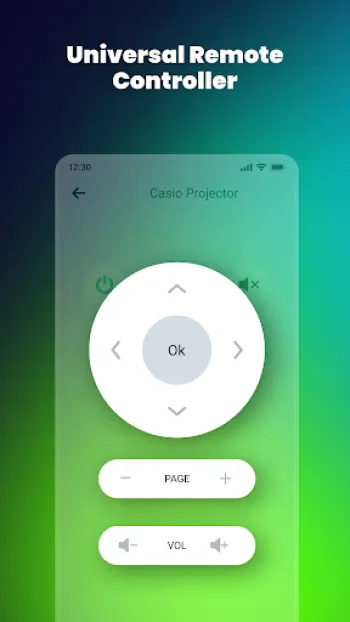
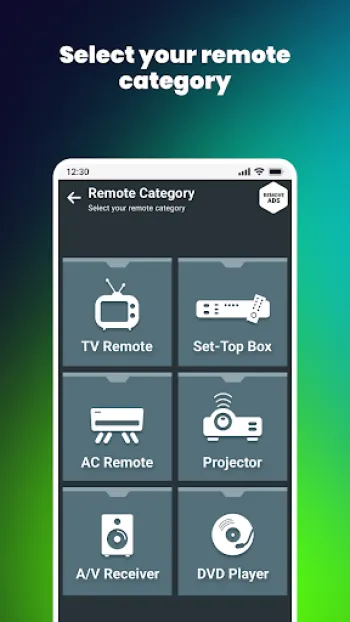
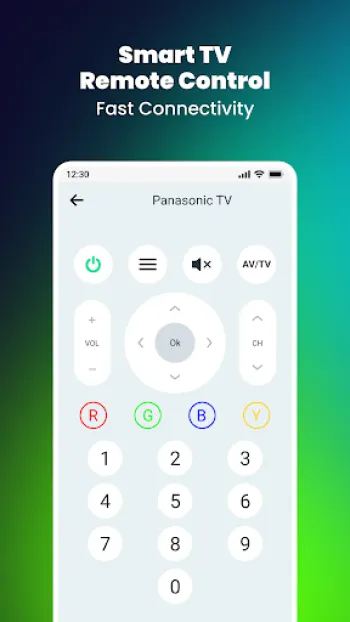
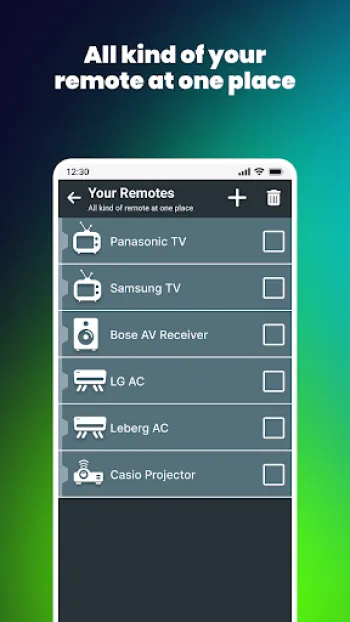
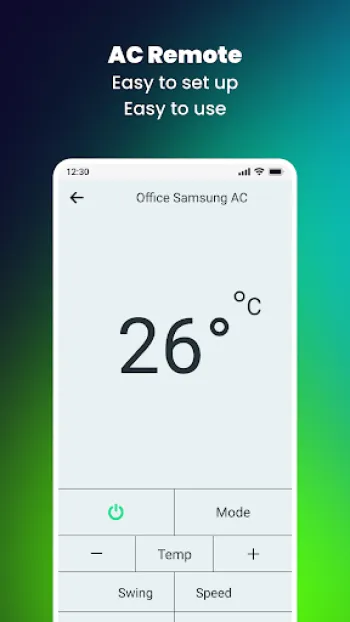
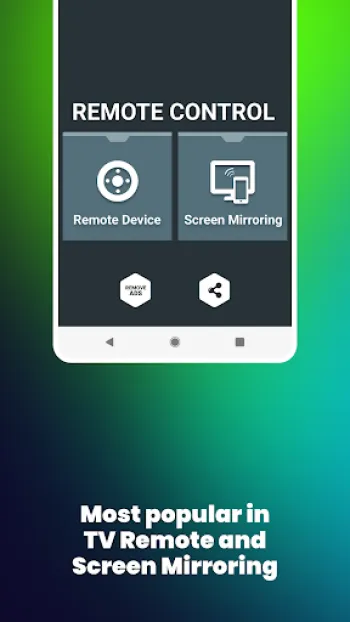
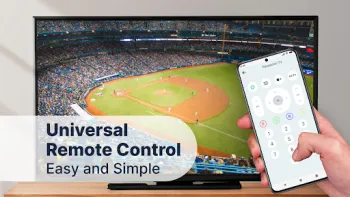
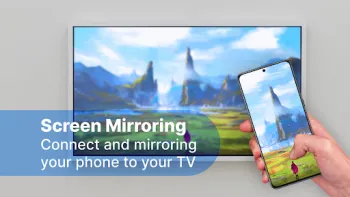
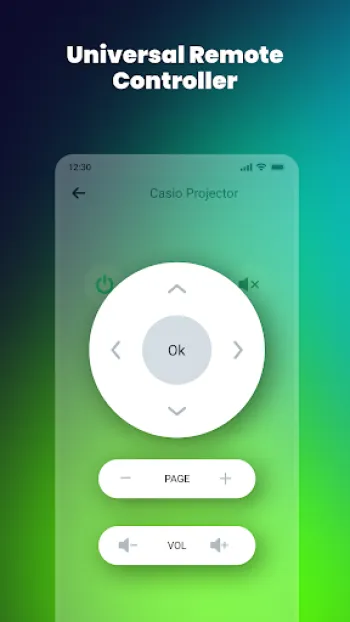
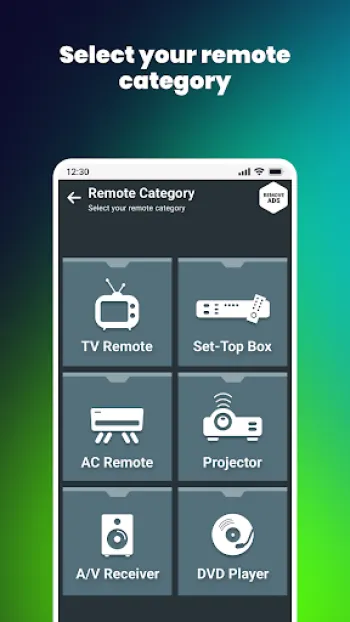
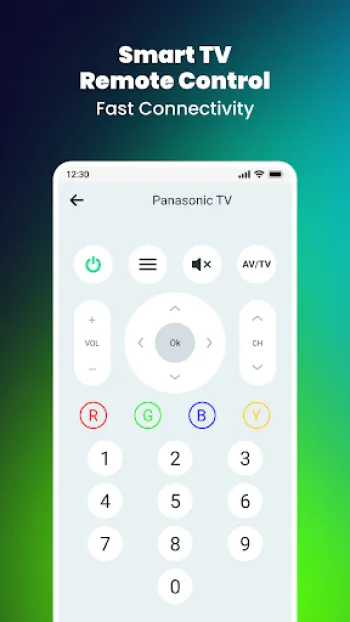
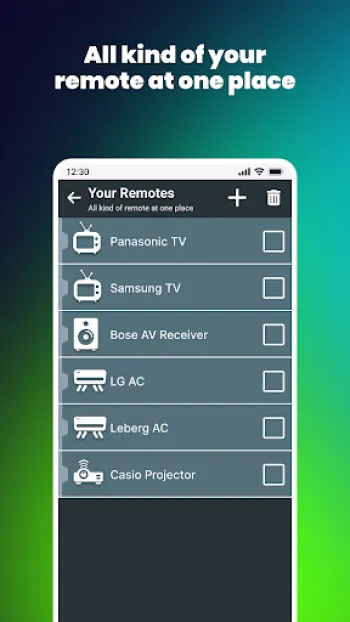
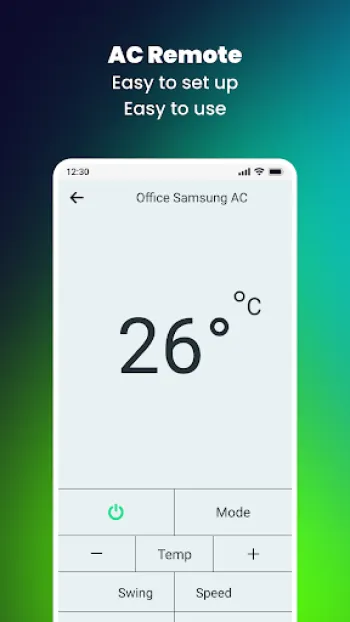
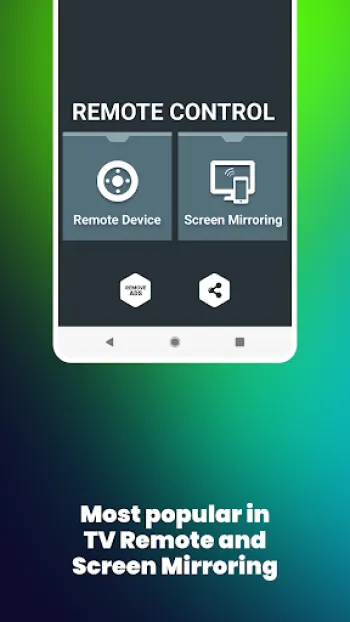
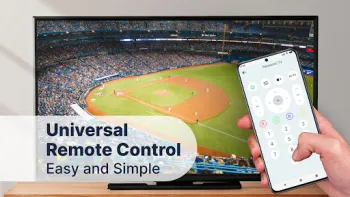
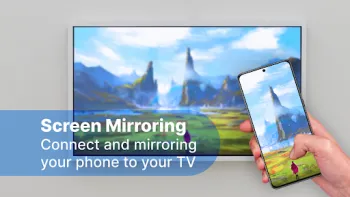
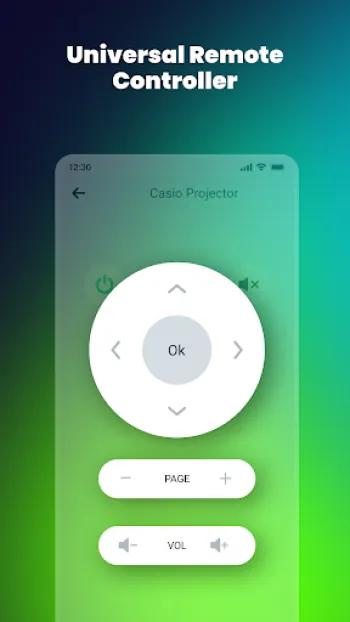
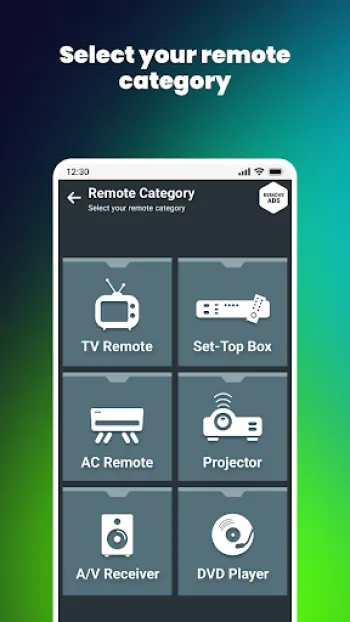

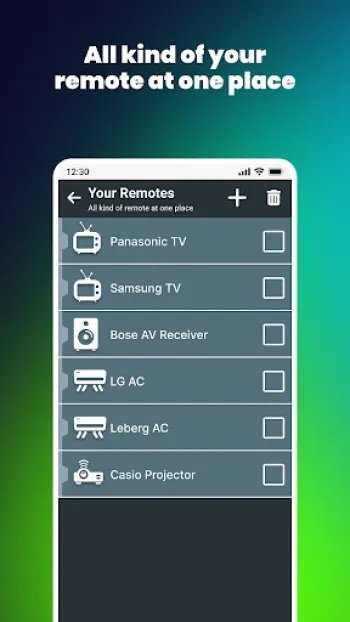
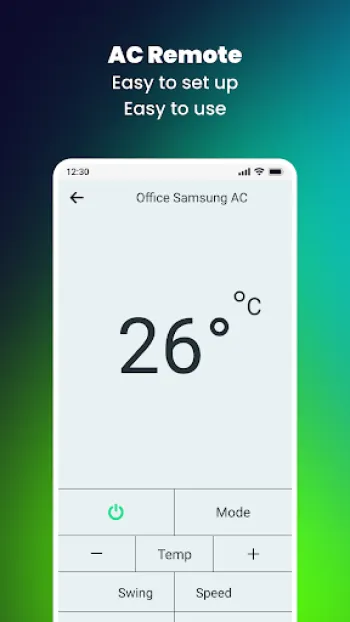
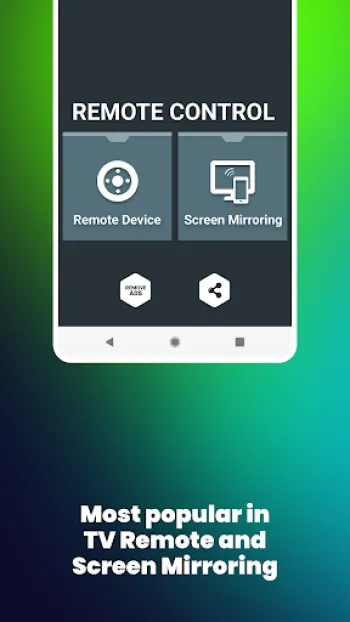
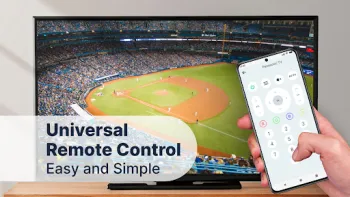
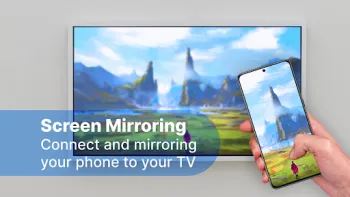
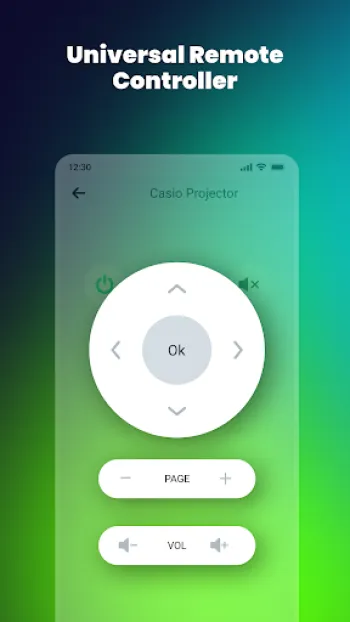
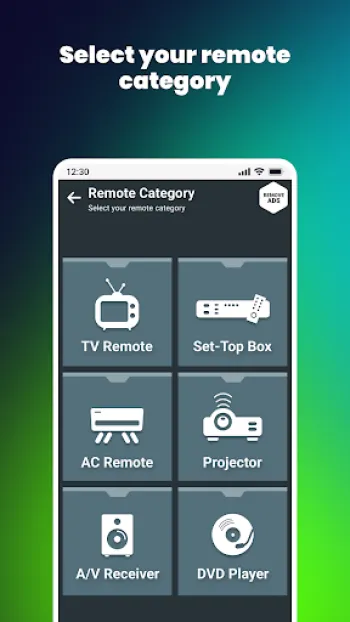
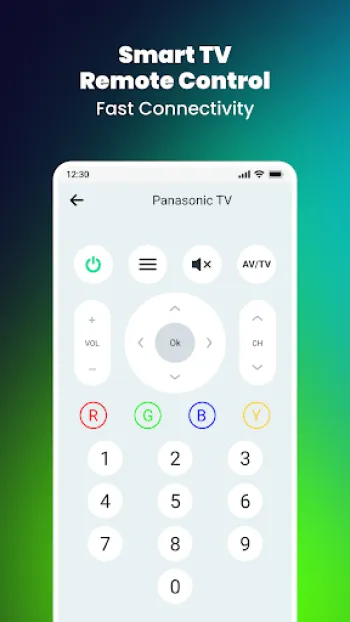
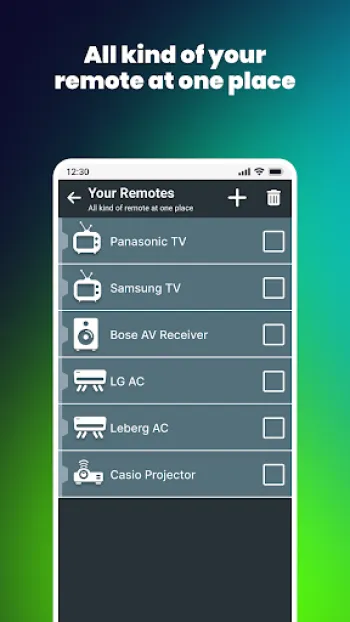
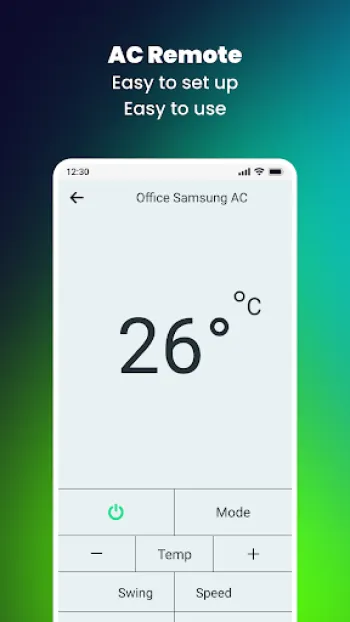
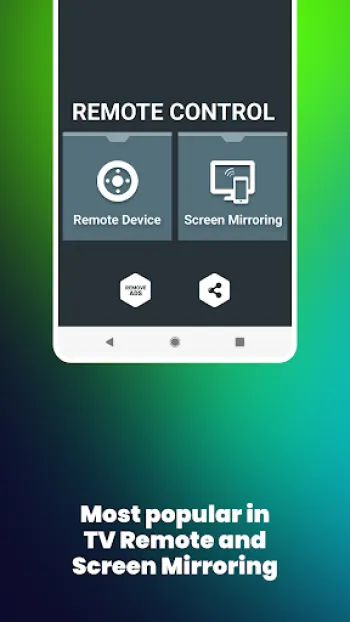
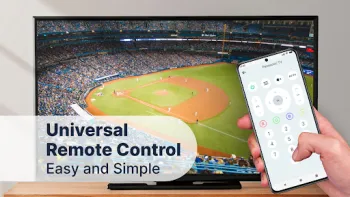
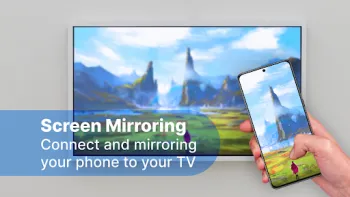
























Jain Amisha
The power button on my TV broke and now it's really annoying to turn on so I was happy when I realised this app existed. It's easy to set up and us...
Rishi Varma
The power button on my TV broke and now it's really annoying to turn on so I was happy when I realised this app existed. It's easy to set up and us...
OldNostalgia64 v.1
Best TV Remote for IR Devices I could find without lots of ads
prince neo osaronu
The very best television remote. Give it a try, I promise you, you won't regret it.
mate
every remote app I used none of them have wisdom share skytech TV brand if you add it I will use it because my TV doesn't have voice search and I'm...